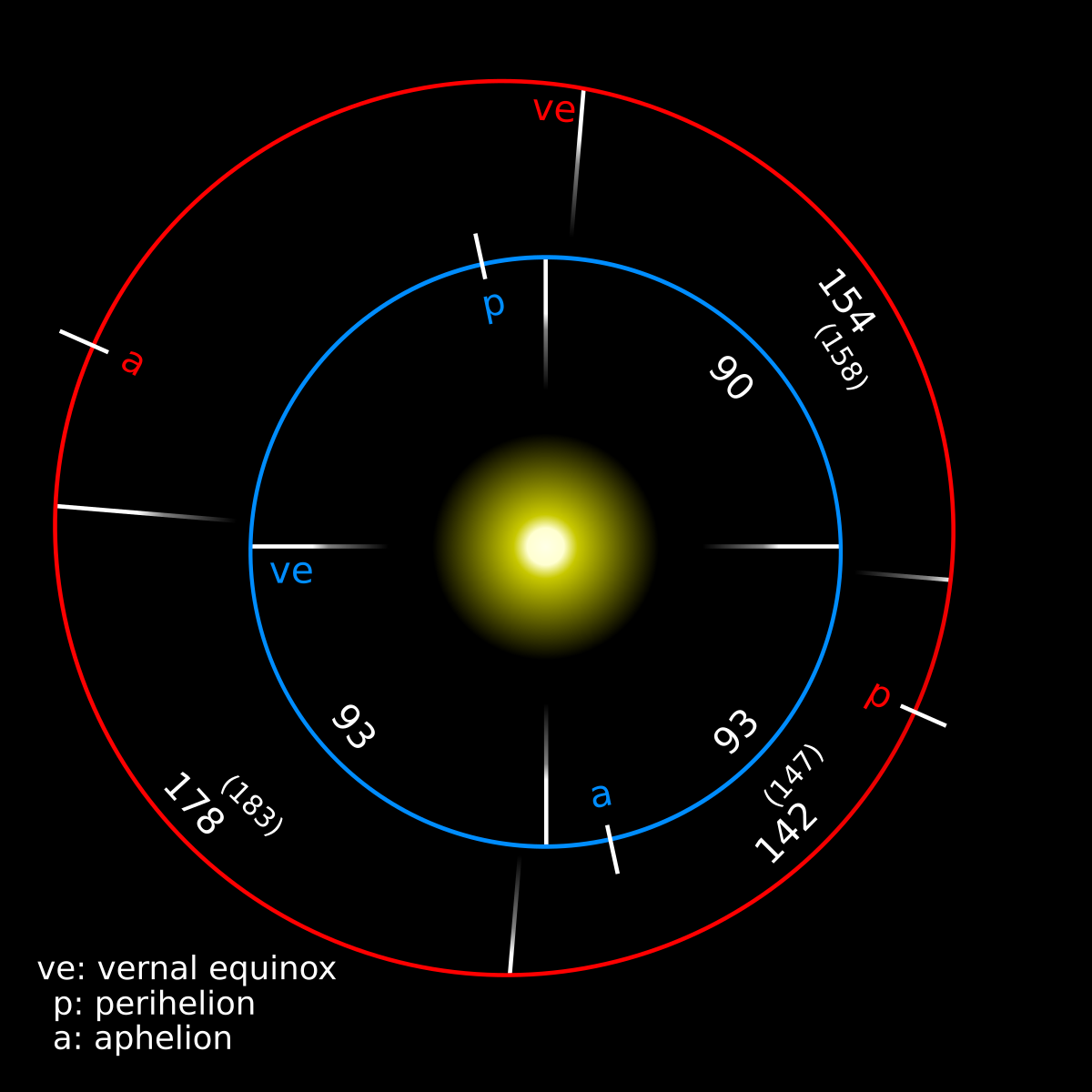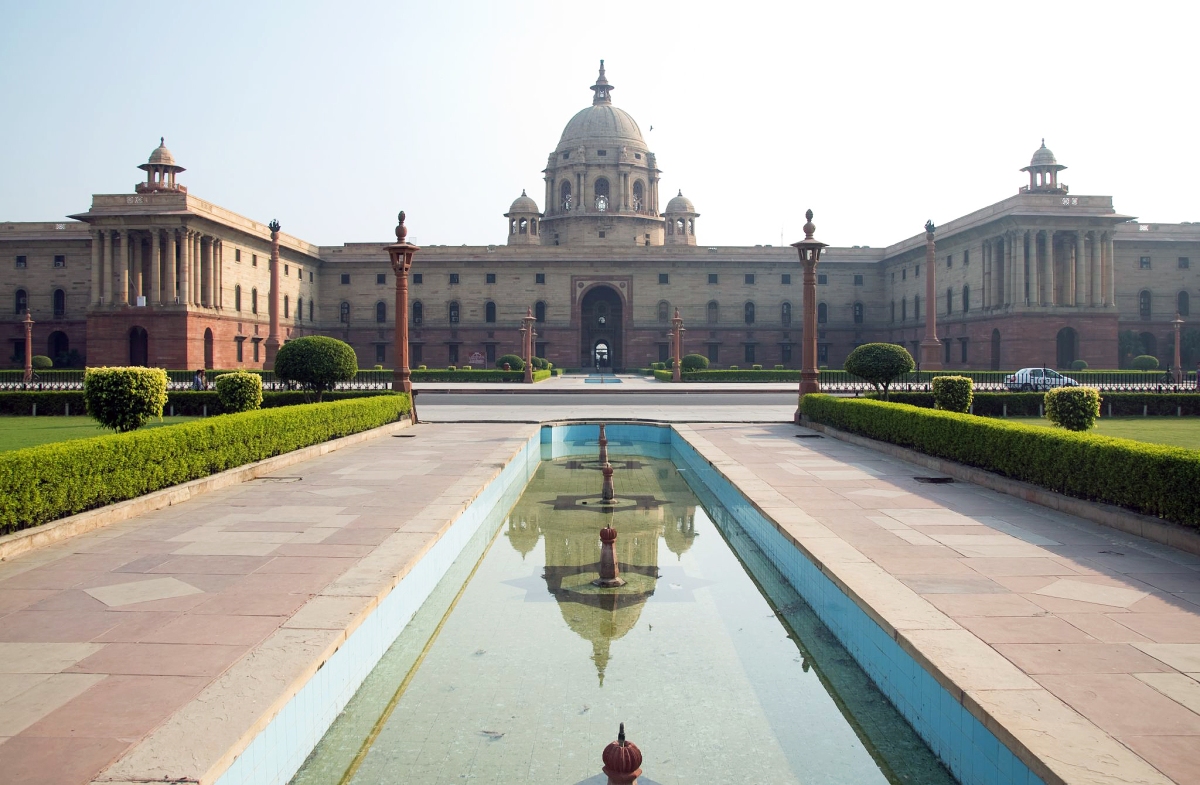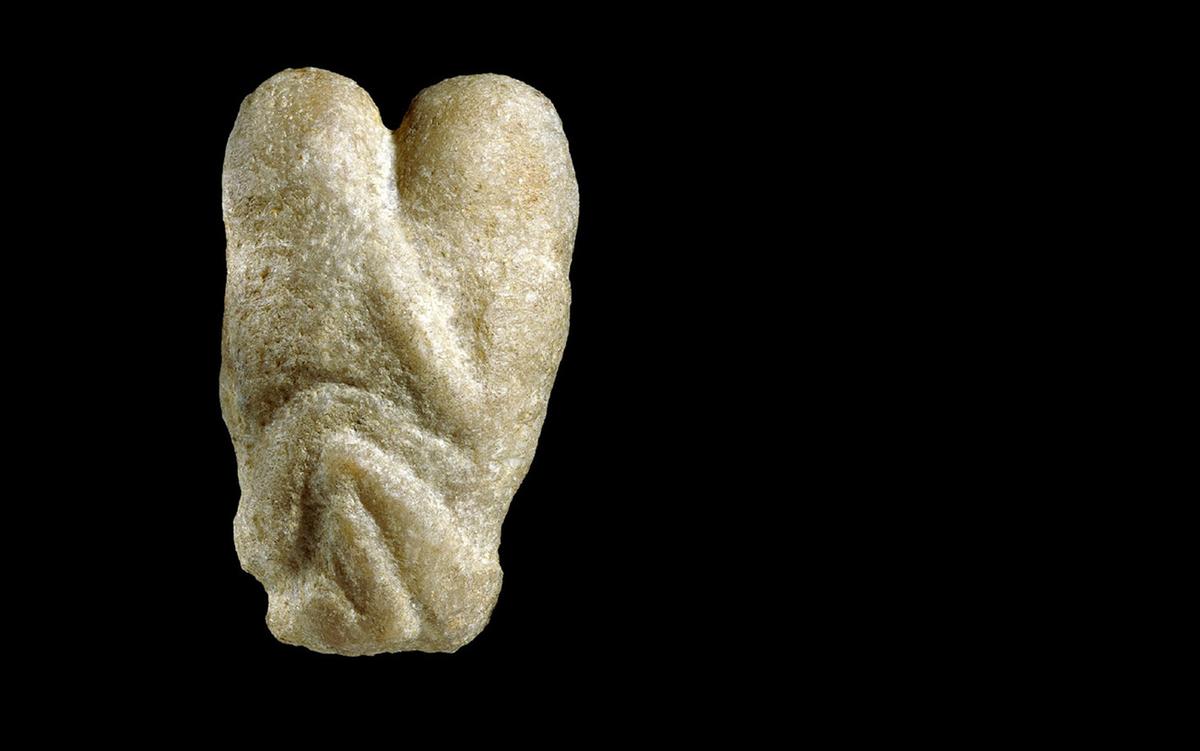Indian numbering system
The Indian numbering system is used in the Indian subcontinent (Bangladesh, Bhutan, India, Maldives, Nepal, and Pakistan) to express large numbers. The terms lakh (100,000) and crore (10,000,000)[1] are the most commonly used terms (even in English, such as in a local variety called Indian English) to express large numbers in the system.
The Indian numbering system corresponds to the Western system for the zeroth through fourth powers of ten: one (100), ten (101), one hundred (102), one thousand (103), ten thousand (104). For higher powers of ten, the names no longer correspond. In the Indian system, the next powers of ten are called one lakh, ten lakh, one crore, ten crore, one arab (or one hundred crore), and so on; there are new words for every second power of ten (105 + 2n): lakh (105), crore (107), arab (109), etc. In the Western system, the next powers of ten are called one hundred thousand, one million, ten million, one hundred million, one billion, and so on; there are new words for every third power of ten (103n): million (106), billion (109), trillion (1012), etc.
Written numbers differ in the placement of commas, grouping digits into powers of one hundred (102) in the Indian system (except for the first thousand), and into powers of one thousand (103) in the Western system. The Indian and most English systems both use the decimal point and the comma digit-separator, while some other languages and countries using the Western numbering system use the decimal comma and the thin space or point to group digits.[2]



















